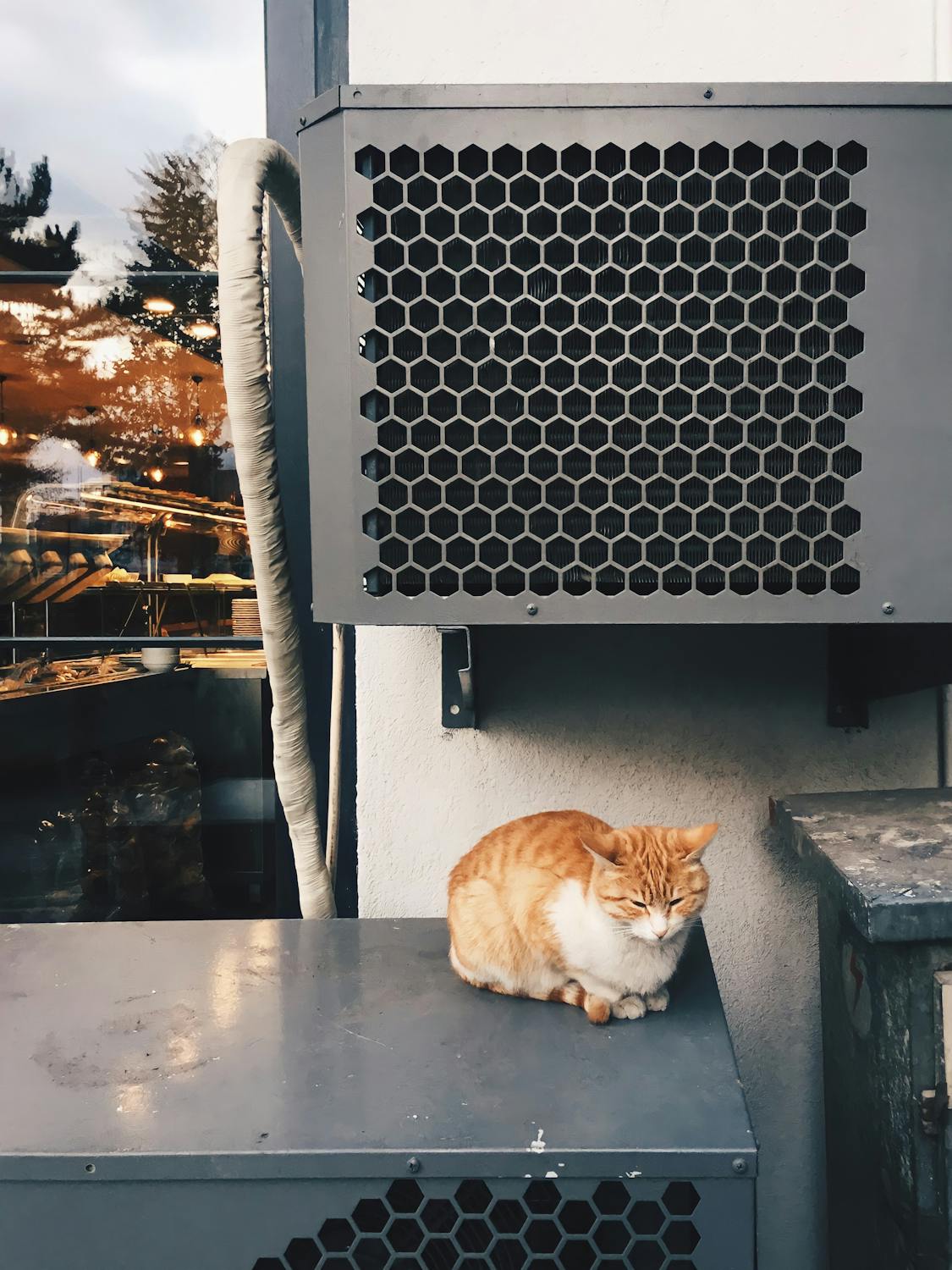Is your air conditioner still using an older refrigerant like Freon? If so, you need to know about some important changes that could affect your AC maintenance and future costs. Let’s dive into the truth about refrigerants, the phase-out of R-22 and R-410A, and what this means for you as an AC owner.
First, let’s talk about R-22, commonly known as Freon. R-22 has been the go-to refrigerant for air conditioning systems for decades. However, due to its harmful effects on the ozone layer, its use in new AC units has been banned in the United States since 2010, and production and import have been completely halted since 2020. If your AC system still uses R-22, you’re probably already facing higher costs and difficulty finding this refrigerant.
But what about R-410A, the refrigerant that replaced R-22? R-410A, also known as Puron, is a blend of HFC compounds that became the standard for AC systems manufactured after 2009. While R-410A doesn’t deplete the ozone layer like R-22, it operates at higher pressures, which increases the risk of refrigerant leaks. Moreover, R-410A is still considered a high global warming potential (GWP) refrigerant, which has led to its phasedown under the American Innovation and Manufacturing Act of 2020. Starting in 2022, the EPA began reducing the production and consumption of HFCs, including R-410A, with the goal of reaching just 15% of baseline levels by 2036.
So, what does this mean for AC owners? If your system uses R-22 or R-410A, you don’t need to rush to replace it immediately. However, be prepared for maintenance costs to increase over time as the supply of these refrigerants decreases. An HVAC professional with a supply of reclaimed R-22 or R-410A can still maintain your system, but you should start considering your options.
The good news is that newer, more sustainable refrigerants are on the horizon. Companies like Trane are transitioning to alternatives such as R-454B and R-32, which have much lower global warming potential and zero ozone depletion potential. These new refrigerants are more environmentally friendly and will be the standard for HVAC systems moving forward.
If your AC system is still functioning well, regular maintenance by a trained HVAC professional will keep it running efficiently. However, if your unit is nearing the end of its lifespan—typically around 15 to 20 years—it may be a smart move to upgrade to a new system that uses these environmentally friendly refrigerants. Not only will this future-proof your home, but it could also lead to better cooling performance and lower energy bills.
In summary, the phase-out of both R-22 and R-410A refrigerants is a significant shift for AC owners. Understanding these changes and the new refrigerant options available can help you make informed decisions about when to repair or replace your system. If you’re unsure which refrigerant your system uses or need guidance on the best course of action, reach out to a trusted HVAC professional.
At ZapFixers, we specialize in HVAC maintenance, repairs, and installations. We’re here to help you navigate the changing landscape of refrigerants and find the best solution for your home. Don’t get caught off guard—stay informed, stay cool, and contact us today for expert advice!
